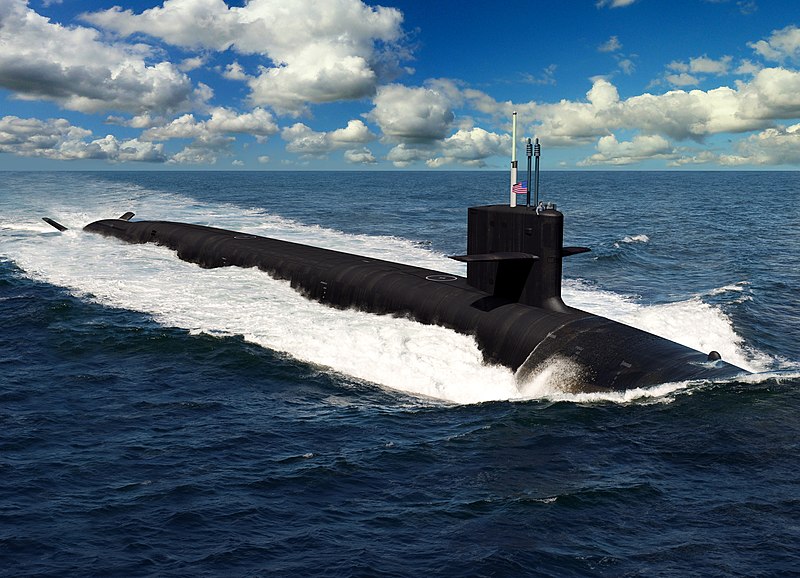At the beginning of last month, the U.S. Navy announced it was awarding six contracts to defense firms and research institutions, to study applications of additive manufacturing (AM) that could potentially enhance protection of navy technologies. That funding is intended to benefit the Naval Surface Warfare Center (NSWC). At the end of last month, it was announced that AM will also be used more frequently on the Navy’s underwater weapons systems, in an attempt to ease some of the supply-chain difficulties increasingly faced by manufacturers of components for the U.S.’s submarines.
The Navy will be acting as a liaison between AM companies capable of handling the strict demands of military engineers, and current suppliers who are having trouble keeping up with demand. The lags in part availability are especially worrisome, as further constraints are also anticipated in the intermediate future. This is due largely to what naval procurers refer to as “1-plus-2” years: years starting in 2026, when the Navy is scheduled to annually produce one ballistic submarine and two general-purpose submarines. This intensified production schedule is mainly resultant from construction to be done on the not-yet-in-commission Columbia-class of subs, the first of which was purchased in 2020. The second will be purchased in 2024; when work on that is completed, at the end of 2025, the 1-plus-2 years are set to begin.
The Columbia-class is set to replace the Ohio-class, which has been in commission since 1981; Columbia is expected to replace Ohio in 2031. It is hoped that gradual upticks in adoption of AM will take some of the burden off of manufacturers of parts for Virginia, the latest class of U.S. submarines to already be in use, allowing suppliers to handle the dual load, as well as the maintenance of in-service vessels. The greatest change to naval policy involved in the plan is that, whereas previously the Navy had to certify individual parts to be used on submarines, it will now certify the materials and processes involved in AM production of each part. Instead of monitoring the end-result, it will now monitor the plan for each part in advance.
In a statement at an event for the American Society of Naval Engineers, Matt Sermon, executive director of Program Executive Office Strategic Submarines, said, “[AM] gives you a better material, a better steel, than [working with raw materials]. It is complicated, and microstructures…are complicated and do change some fundamental concerns of ours. We will have to change how we do nondestructive testing in many cases — not because it’s bad, but because it’s different, and we have to understand that.”

An artist rendering of a Columbia-class sub.
Sermon told Defense News that, while the vendors responsible for making parts will have the option to print those components designated to start being produced by AM if they have that ability, most of the vendors currently supplying parts for submarines don’t. Nevertheless, they’ll still be helping with engineering the parts. Sermon also said that the program office has made a list of six-to-ten parts slated for printing. These are “trouble components,” those which are most often unavailable when they’re needed for maintenance.
Although all of this seems far in the future, the Navy will start using 3D printed parts on in-service submarines this year. Assuming all goes well, as much production capacity will be replaced by AM as is needed to take the pressure off of conventional manufacturers when the 1-plus-2 years start. Moreover, as Sermon pointed out, the next class of Navy submarines could be engineered specifically with AM in mind.
The fact that the U.S. Navy will be acting as an Xometry of sorts for defense manufacturers, along with their ultimately accepting a change in policy that procurers had until now been resistant to, is just the latest illustration of exactly how crucial the pivot toward AM is becoming to the military as a whole. Additionally, when it comes to picking winners, the military has quite a track record. It doesn’t “pick” winners so much as it creates them. So any company paired up by the Navy with a conventional manufacturer can be expected to have longevity. Another memorable moment in that great military Keynesian experiment known as the U.S.A.!

Recent Comments